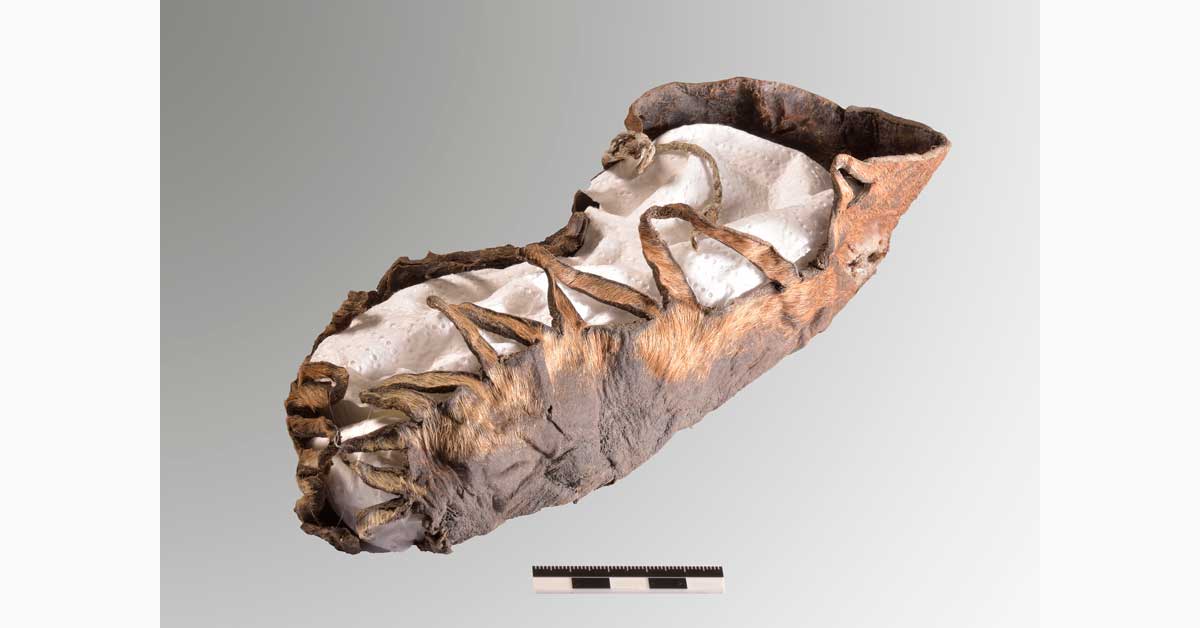

25 September 2023
 Salt is one of the topics communicated in Austria's cultural press releases this year as a foretaste of the program of the European Capital of Culture 2024 Bad Ischl/Salzkammergut, which draws its inspiration from the history of salt. The journalistic research for new topics has been sensitized and Fashion.at has also sharpened the lens for related news - perhaps not so much focused on the Salzkammergut region (parts of Upper Austria, Styria and Salzburg), which is larger than the official European Capital of Culture region and smaller than many would believe, but on the history of salt. Historic salt mining sites such as Bad Dürrnberg in Hallein, Salzburg are not part of the Salzkammergut region. Nevertheless, the topic of 'salt' has already caught the attention of Austrian cultural workers - like journalists - and opened their minds, as in the case of Fashion.at, to news such as a scientific research into the history of salt mining in an old mine in Bad Dürrnberg in the municipality of Hallein, Salzburg, Austria. The aim of the archaeological project is to literally 'dig up' facts about the working and living conditions of people in prehistoric times. Recently, children's leather shoes in a size equivalent to today's 30 were found in the Georgenberg tunnel. (The tunnel is on view at https://www.ruhr-uni-bochum.de/archaeologie/forschung/projekte/salzgewinnungduerrnberg.html.en). They're well preserved because of the salty environment. The design of the approximately 2,000-year-old shoe suggests that it was made in the 2nd century BC. Remnants of flax or linen laces were also found, giving clues as to how the shoes were attached. In addition to the shoe, the archaeologists uncovered more organic remains in the vicinity, including remnants of fur, possibly from a fur hood. The presence of a child's shoe is of particular importance because, according to the researchers, it suggests that children were also involved in mining in the Iron Age. This discovery and ongoing research in collaboration with the Institute of Archaeological Studies at the Ruhr University Bochum contribute significantly to the understanding of prehistoric salt production and mining history, shedding light on aspects of life that would otherwise remain undocumented and unexplored through other sources is stated in the press release of the German Mining Museum Bochum on https://www.bergbaumuseum.de/news-detailseite/montanarchaeologische-grabungen-foerdern-ueber-2000-jahre-alten-kinderschuh-zutage-1. Image: Leather shoe from the archaeological research of the German Mining-Museum Bochum in collaboration with the Institute of Archaeological Studies at the Ruhr University Bochum on the prehistoric salt mining at Dürrnberg in Hallein, Salzburg, Austria. The research at Dürrnberg is part of a long-term project funded by Salinen Austria AG and Salinen Tourismus. Photo: © Deutsches Bergbau-Museum Bochum. |